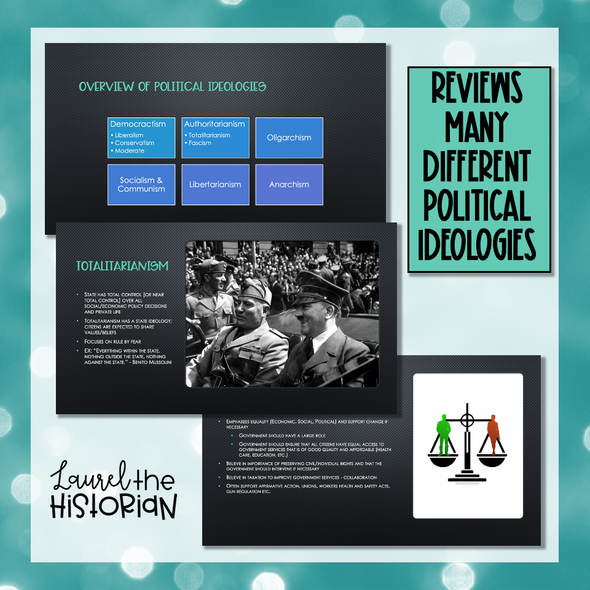Description
Based on the Strategic Instructional Model (SIM) FRAME, these two FRAMES with Cloze Notes work together to teach student-scholars the elements of an argument, for both reading texts and writing their own. The first FRAME, Identifying an Argument FRAME and Cloze Notes, walk students through the basics of what an argument is, and introduces them to the four features of arguments: claims, counterclaims, reason or purpose, and evidence. The second FRAME, Evidence in an Argument, introduces scholars to the three types of evidence that support arguments; objective, subjective, and anecdotal evidence. With both FRAMES, cloze notes guide students in notetaking.
Both FRAMEs work together to guide student-scholars as they take notes while watching the accompanying Prezipresentation, the link to which is PUBLIC: To view the Prezi now, please go to Evidence in an Argument on Prezi. You are welcome to share this link with your students in Google Classroom.
My classes this year are almost 50% English Language Learners or SPED students mixed with on-level and GT students. As you can understand, this makes for an interesting mix, and a challenge to differentiate to everyone’s abilities! This lesson with the use of cloze notes and the FRAMEs allowed for that differentiation.
These FRAMEs and the accompanying Prezi are aligned to the following 2019-2020 TEKS:
7.5(E): make connections to personal experiences, ideas in other texts, and society;
7.5 (F): make inferences and use evidence to support understanding;
7.5(G): evaluate details read to determine key ideas;
7.5(H): synthesize information to create new understanding;
7.8(E): analyze characteristics and structures of argumentative text by: (i) identifying the claim; (ii) explaining how the author uses various types of evidence and consideration of alternatives to support the argument; and,
7.9(A): explain the author’s purpose and message within a text.
The lesson is also aligned to CCSS RL:
7.1: cite several pieces of textual evidence to support analysis of what the text says explicitly as well as inferences drawn from the text;
7.3: analyze the interactions between individuals, events, and ideas in a text (e.g., how ideas influence individuals or events, or how individuals influence ideas or events); and,
7.8: trace and evaluate the argument and specific claims in a text, assessing whether the reasoning is sound and the evidence is relevant and sufficient to support the claims.
This lesson is appropriate for grades 6-8.
If you are not yet a follower of ELA in Middle School, please become one so that you will receive updates to products, and information on new releases, as well as notification when we throw a sale!
Best wishes and thank you,
Matthew and Suzanne
ELA in Middle School
ARTWORK CREDIT: ELA in Middle School proudly uses teens from Ron Leishman’s Digital Toonage, frames from Dancing Crayon Designs, and a font from KG Fonts in this product and cover!
Visit ELA in Middle School for more resources
LICENSING TERMS: By purchasing this product, you own a license for one teacher only for personal use in your classroom. Licenses are non-transferable, meaning they cannot be passed from one teacher to another. No part of this resource is to be shared with colleagues or used by an entire grade level, school, or district without purchasing the proper number of licenses.
COPYRIGHT TERMS: ©ELA in Middle School. Please note – all material included in this resource belongs to ELA in Middle School. By purchasing, you have a license to use the material, but you do not own the material. This resource, or any portion of this resource, may not be uploaded to the internet in any form, including classroom/personal websites or network drives, unless the site is password protected and can only be accessed by students—no other teachers or anyone else on the internet.


















